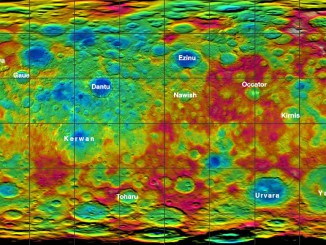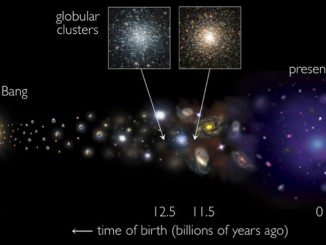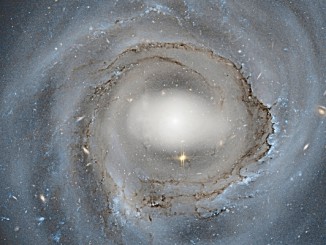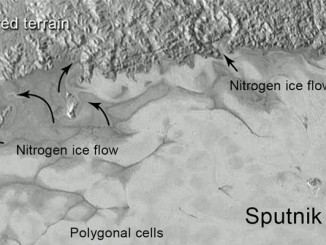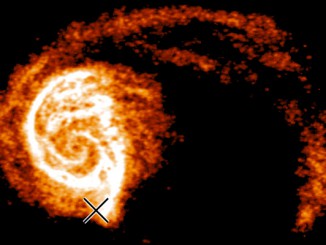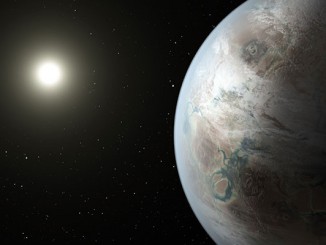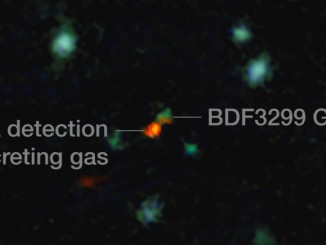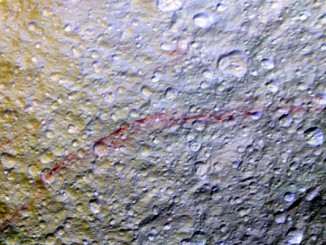
Unusual red arcs discovered on icy Saturnian moon
Like graffiti sprayed by an unknown artist, unexplained narrow, arc-shaped, reddish streaks are visible on the surface of Saturn’s icy moon Tethys in new, enhanced-colour images from NASA’s Cassini spacecraft. The red arcs are among the most unusual colour features on Saturn’s moons to be revealed by Cassini’s cameras.


